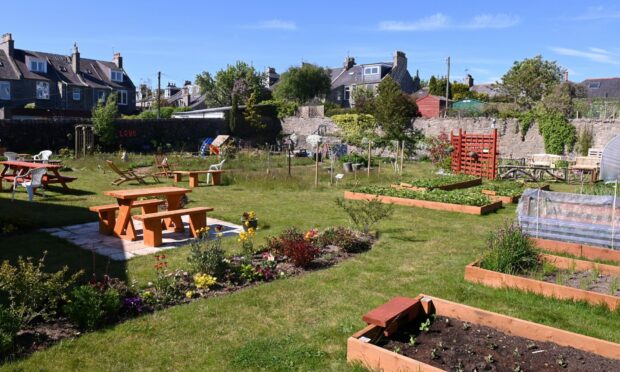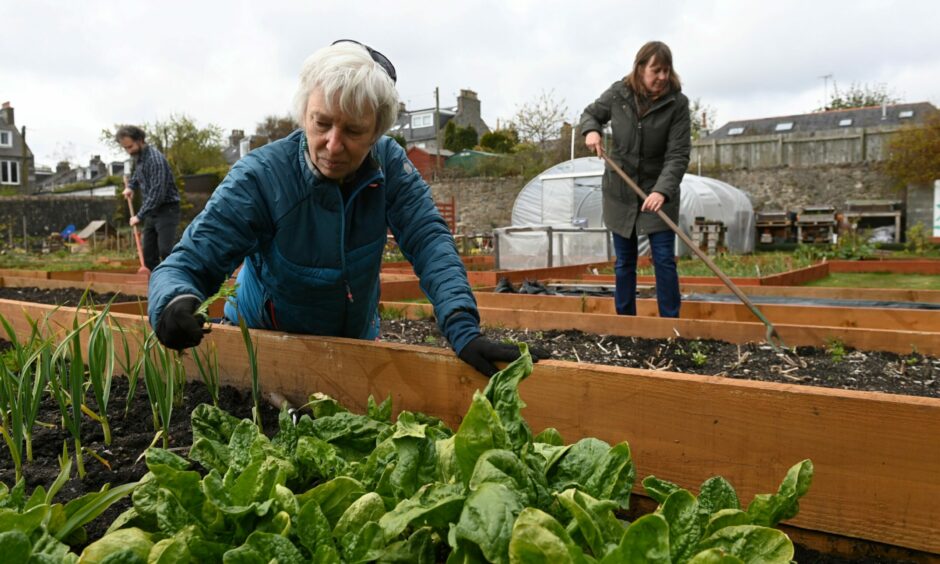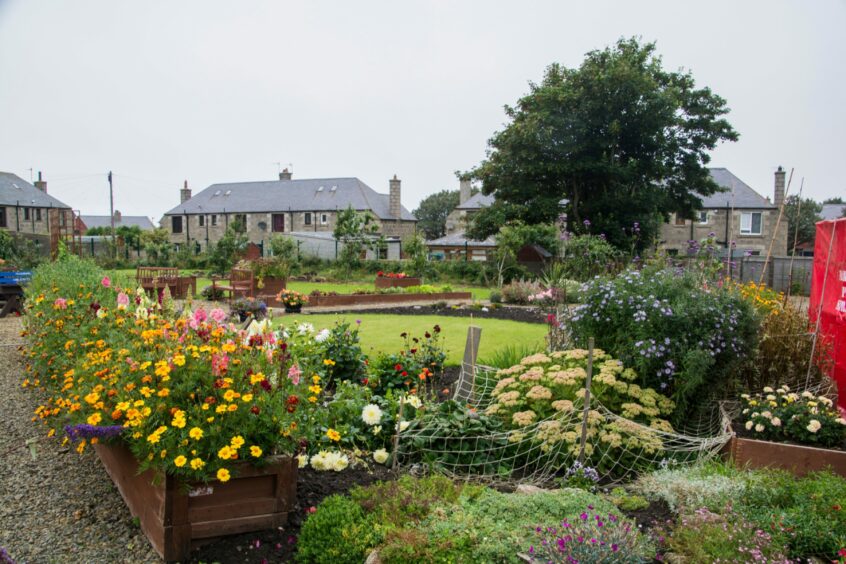From growing food for those in need to transforming unused public land, community gardens are growing in popularity – and for good reason.
After all, in today’s world of high-rise flats and new builds with postage-stamp-size gardens, it’s not always easy to find a place to just dig.
But unlike an allotment, community gardens aren’t just about what you can grow.
They also offer a place to belong and have inspired a “dig for victory” spirit among the locals who use them.
Where is my nearest community garden?
Finding and joining an established gardening project can feel intimidating.
It doesn’t help that community gardens often go by various different names, making them difficult to search for online.
So inspired by Community Gardening Week which runs from April 4 to 10, we’ve created a map with a few brilliant community growing spaces across the north and north-east which caught our eye.
If you have a garden you want added to the list, get in touch by emailing environmentandtransport@ajl.co.uk
How to set up your own community garden?
The above map is by no means exhaustive.
There are hundreds of community gardens all over the north and north east, but if there are none near you or you fancy doing something different, why not set up your own?
To do this, the first step is to identify a location. Lots of these gardens start out on a piece of disused land like old bowling greens or unloved corners of parks.
From there, you’ll need to get permission from whoever owns the land, and then it’s time to let people know about it.
Engage as many people as you can, and find out what sort of garden people would like and how they’ll use it.
You could contact local groups, schools or businesses to get people involved and talk about the potential benefits of a community garden project or space
It might also be helpful to find out if any local gardeners, landscapers or builders would be interested in lending a hand – sometimes brand new sites can need a lot of work.
You can also visit other community groups or sites that have done similar projects to gain ideas and chat with other community gardeners to see what they’ve done.
Then, it’s time to get planting!


